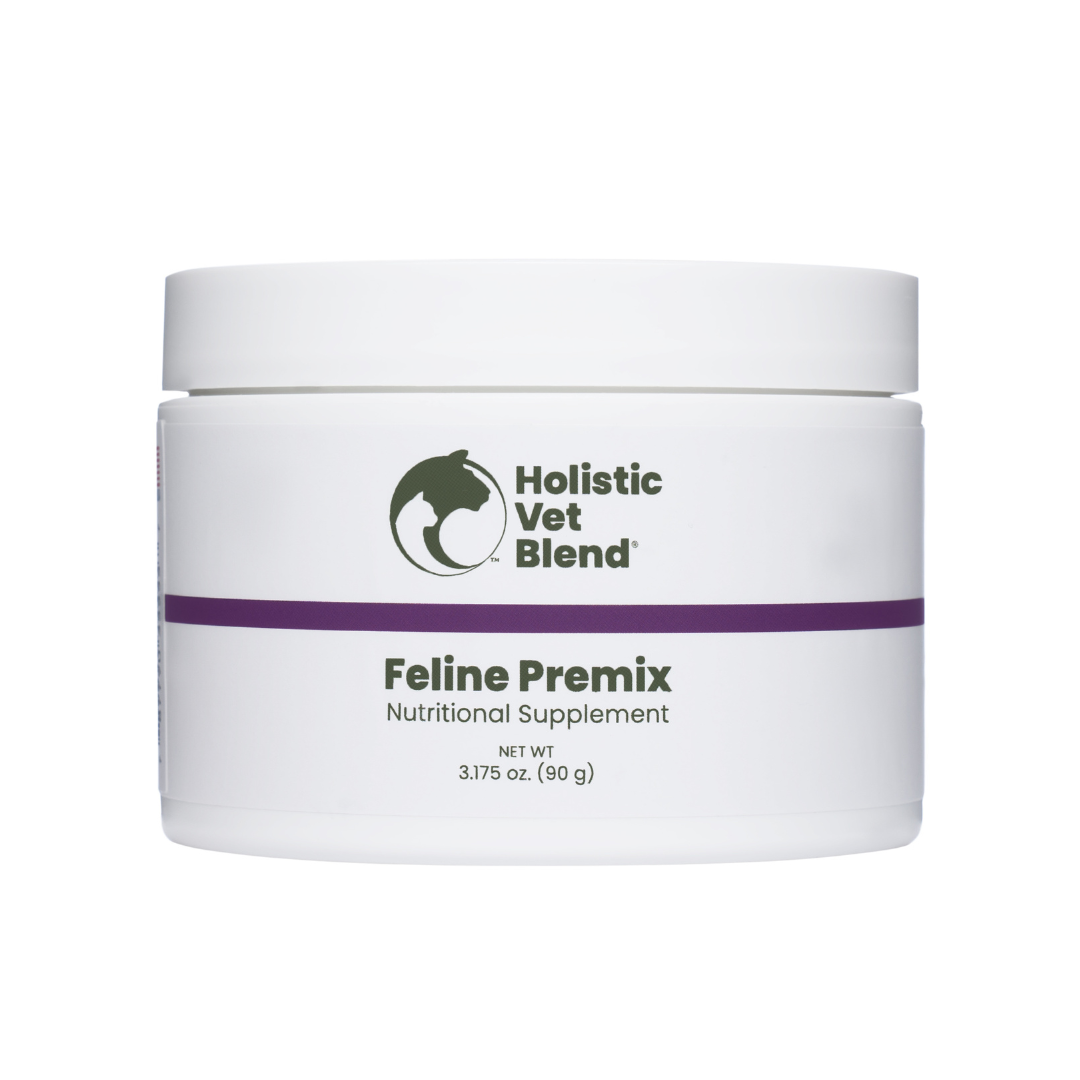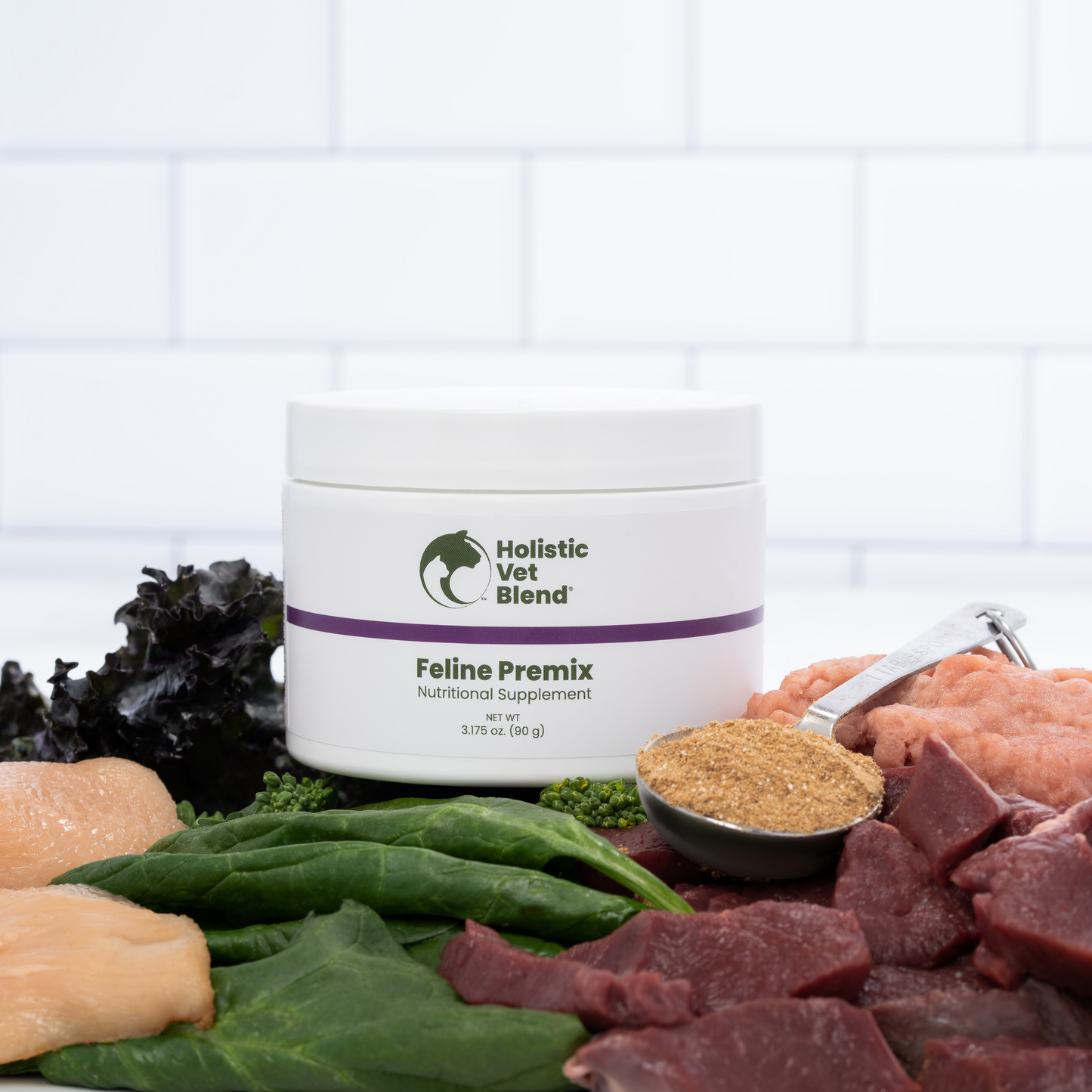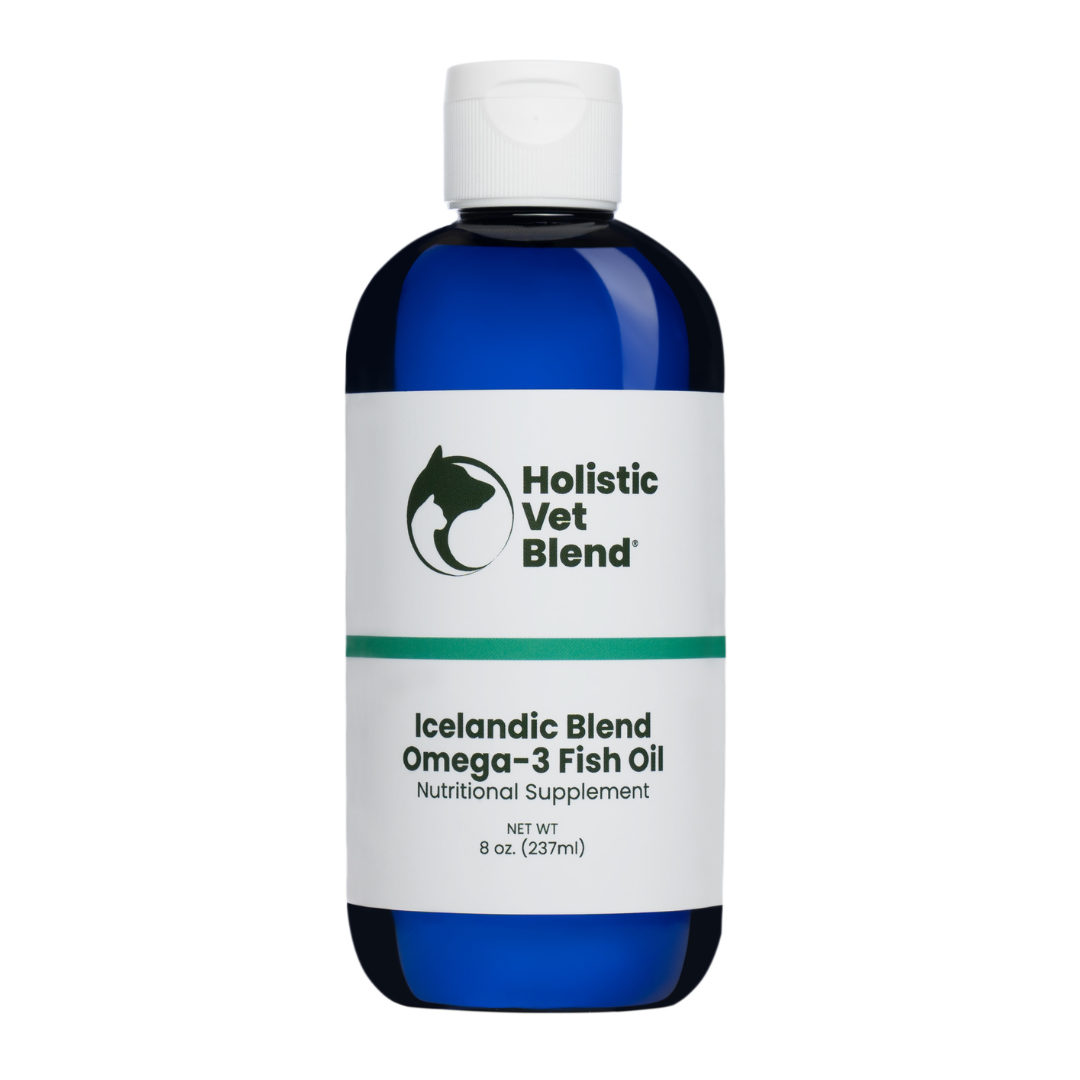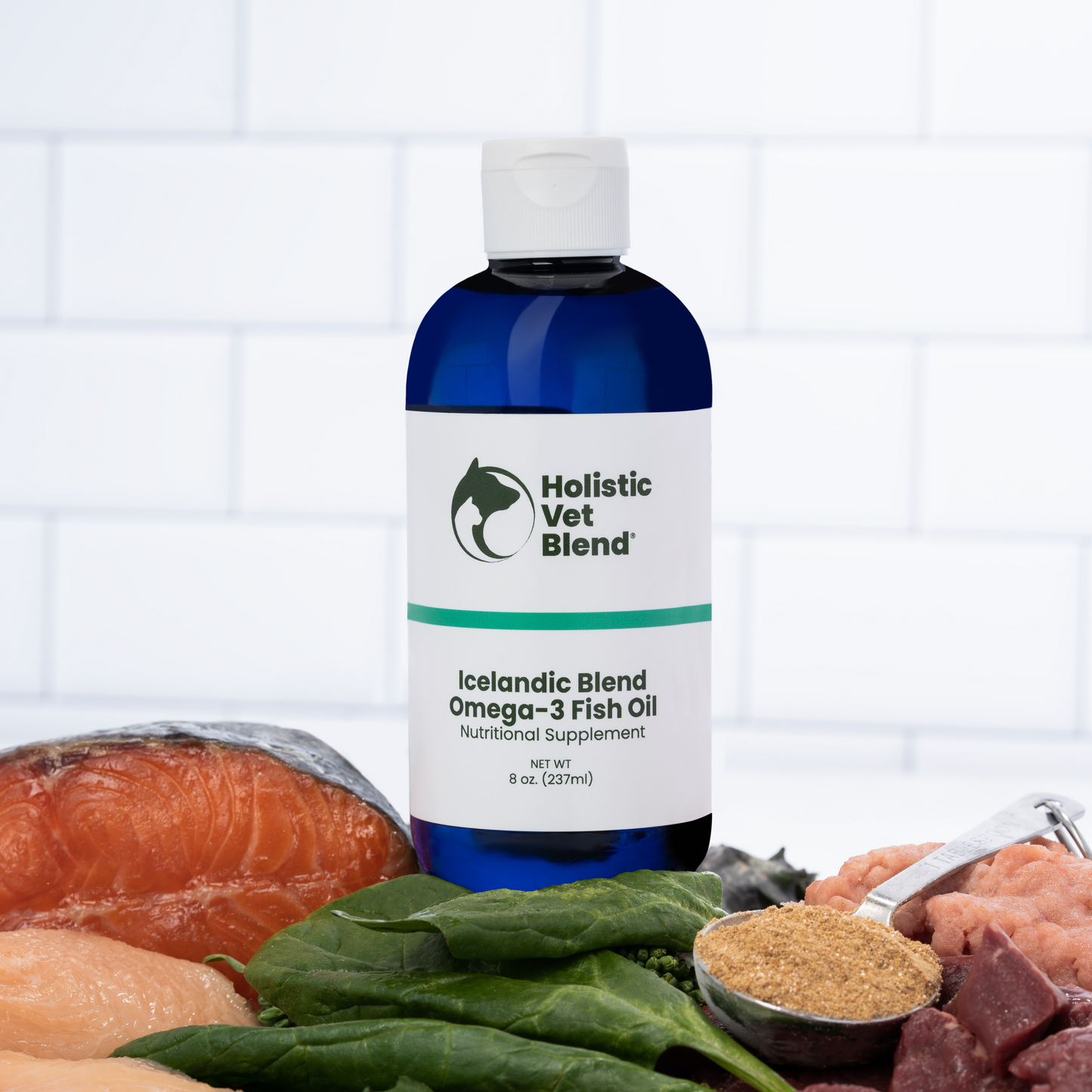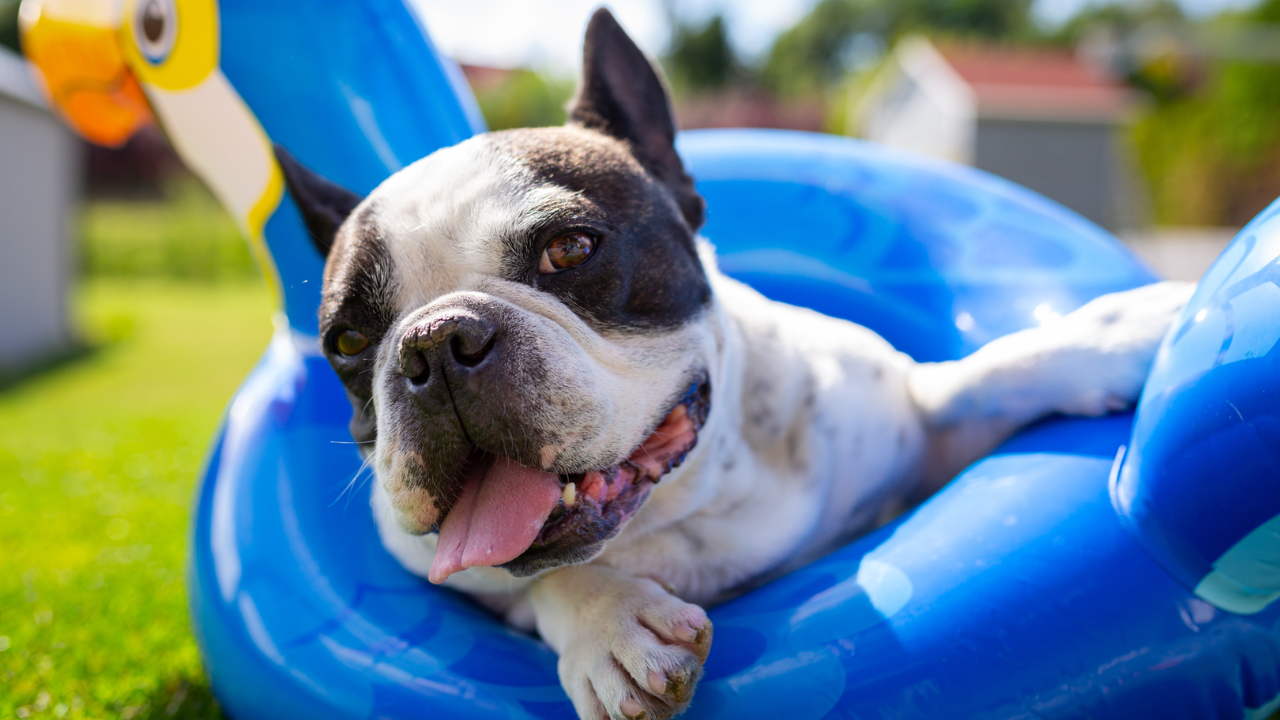
Summer is here, and the heat has been brutal. Dogs especially can quickly overheat, leading to heat stroke, a potentially life-threatening condition. Unlike humans, dogs don't sweat, making it difficult for them to regulate their body temperature. In this blog post, we'll explore seven ways to prevent overheating in your dog during the hot summer months. Heat stroke is common, and we must be vigilant about excessive heat and its capacity to cause serious health problems and even multiple organ failure.
Why are dogs so susceptible to heat exhaustion?
Dogs don't sweat like humans do. Instead, they cool themselves by panting and releasing heat through their paw pads and ears. This process is much less efficient than sweating, which means that dogs are more susceptible to overheating.
What are the signs of heat exhaustion in a dog?
When a dog is overheating, their tongue can change shape by extending and curling up like a spade. This happens as a result of the muscles in the tongue becoming elongated, wider at the bottom, and curling up slightly. The widening and curling of the tongue allows for more efficient panting and evaporative cooling, which helps the dog regulate their body temperature. As the dog continues to overheat, the tongue can become further elongated and wider, with the tip starting to curl up even more. When you begin to see these changes it's a heads up that your dog has exhausted their capacity to cool down.
In severe cases of heat stroke, the tongue can become very dark in color due to lack of oxygen.
It's important for pet owners to be aware of the signs of overheating in dogs, including excessive panting, drooling, lethargy, vomiting, and bright red gums or tongue. If you notice your dog's tongue changing shape or becoming very dark in color, it's crucial to take immediate action to cool them down and seek veterinary attention if necessary.
In addition to monitoring your dog's tongue, it's important to be mindful of their overall behavior and body language in hot weather. Be sure to provide plenty of fresh water and shade, avoid outdoor activities during peak heat hours, and never leave your dog in a parked car. It's also important to be mindful of the pavement temperature, as concrete and asphalt can become extremely hot and potentially burn your dog's paws. By taking these precautions, you can help keep your furry friend safe and healthy in the summer heat.
Is my dog at an increased risk for heat exhaustion? What are causes of heat stroke in dogs?
The following situations make a dog prone to heat stroke:
- Older dogs, being overweight
- Airway compromise: collapsing trachea, laryngeal paralysis, ability to pant is compromised
- Certain breeds with short nosed such as French Bulldogs, Pekinese, Pugs, Lhasa Apso's, Boston terrierHow do you know when a dog is too hot?
How do I know when my dog is too hot?
A dog's rectal temperature is 100 to 1002.5 degrees Fahrenheit. You might want to have a plastic rectal thermometer that registers quickly so that you can know your dog's "normal range" and be able to take their temperature if needed when they are ill or you suspect heat exhaustion. Make sure you know how to do this before you need to.
Signs of an overheated dog?
When a dog is overheating the tongue will furl up and a dog's ability to cool down further are compromised.
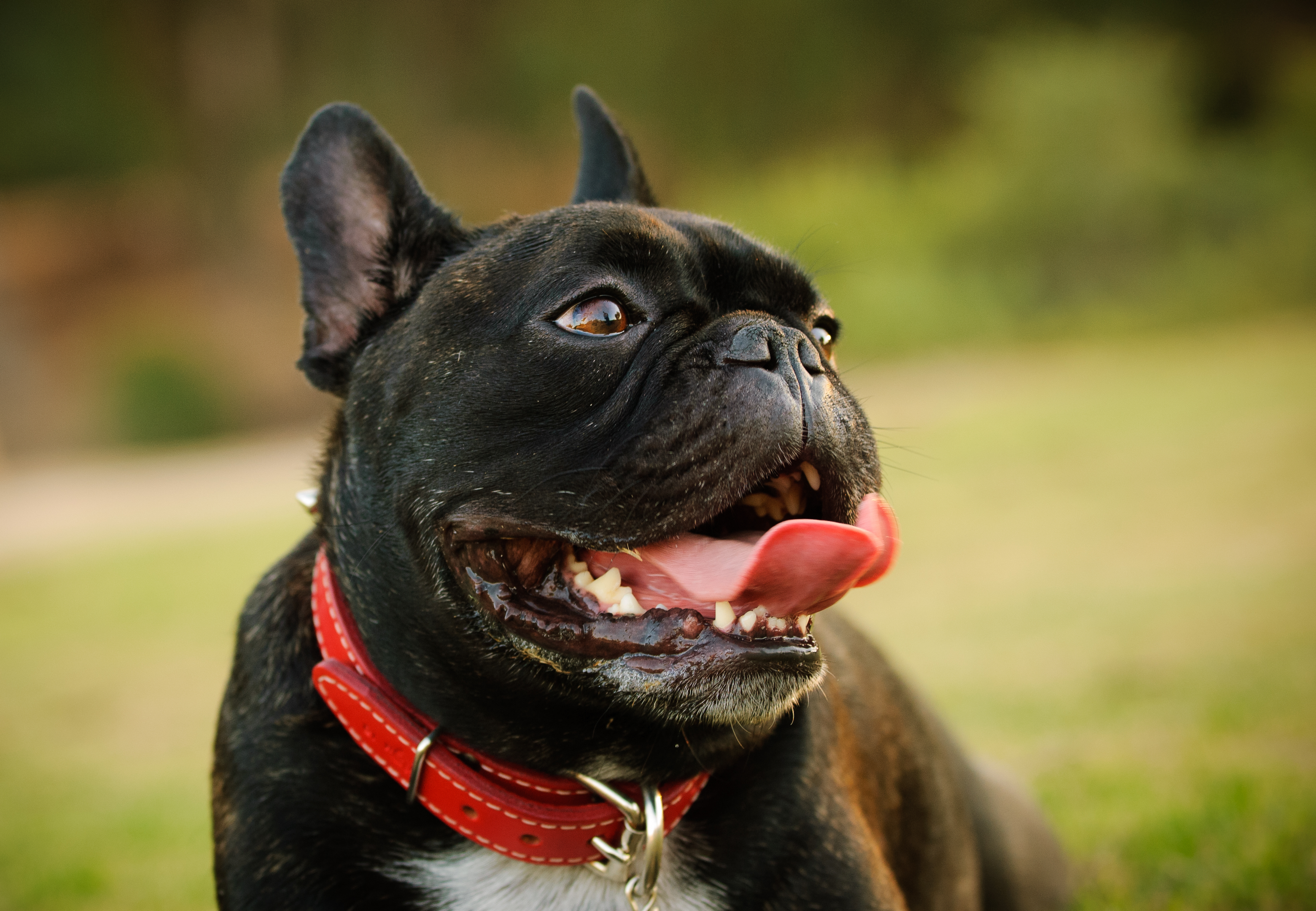
#1 Avoid extended periods of time outside
Get your activity in early in the morning or in the evening on a hot day. Avoid exercise during peak heat hours. This is typically between 10 AM and 4 PM, when the sun is at its strongest. Instead, plan outdoor activities for early morning or late evening when the temperature has cooled down. Use extreme caution in the heat of the day.
#2 Take advantage of shade and have access to water
There is a cooling fan made by Arctic Cove that I love. It basically sits on top; of a bucket of ice and water and mists you and your dog with a cool mist. Allow access to fresh water and never force your dog to drink.
#3 Be mindful of the temperature of pavement and asphalt
Try and walk on grassy areas or dirt paths when possible. Pavement temperatures can soar to dangerous levels, especially in areas with direct sunlight and little shade. According to a study by the American Veterinary Medical Association (AVMA), asphalt paving can reach up to 143 degrees Fahrenheit on a sunny day when the air temperature is just 87 degrees Fahrenheit. This is hot enough to cause severe burns to dogs' paws and skin within a matter of seconds.
Blacktop can get even hotter than asphalt. With an air temperature of 95 degrees Fahrenheit, blacktop can reach temperatures of up to 140 degrees Fahrenheit or higher.
#4 Bring your dog inside with you
Many businesses will allow dogs in for a brief period. Never leave your dog in a hot car, even for just a few minutes. Temperatures inside a parked car can quickly rise to dangerous levels. Within 10 minutes, the temperature can easily climb 20-40 degrees Fahrenheit in a matter of minutes. So a 70 degree day can easily climb to 90 to 110 degrees.
#5 Take advantage of cooling products
Avoid cooling jackets that may actually trap humid air inside them. Cooling vests, mats, and bandanas are a few examples of products you can try to help regulate your dog's body temperature. And of course, I love the Arctic Cove Misting Fan.
This handy fan sits on top of a large bucket that you can fill with ice and water to mist your dog.

#6 Know the signs and have a plan if your dog overheats
If your dog is experiencing heat stroke, it's important to for dog owners to act quickly. Your pet may act restless and will pant excessively. As body temperature rises they may progresses to drooling large amounts of saliva from the nos. The pet may become unsteady on his feet. You may notice the gums turning blue/purple or bright red in color, which is due to inadequate oxygen.
#7 Know what to do if your dog is overheating and seek help.
Move your dog to a cool, grassy, shaded area away from the pavement. Provide your dog with fresh, cool water to drink. Don't force them to drink, but encourage them to take small sips at regular intervals.
Pour cool water on your dog to begin cooling, making sure it is not too cold, as this will cause their blood vessels to constrict and make it harder to cool down. You can use a hose, wet towels, or a spray bottle to apply the water. Focus on areas with less fur, such as the belly, armpits, and groin, where heat can escape more easily.
If your dog's temperature is above 104 degrees Fahrenheit, continue to cool them down until their temperature drops below this level.
Can dogs recover from heat stroke on their own?
Do not delay in getting your dog help, especially if your dog has risk factors for heat stroke. Once a dog exceeds 104 degrees, their temperature can continue to climb. Seek veterinary attention as heat stroke can cause serious irreversible damage and kidney failure from heat exposure. Call your veterinarian or local emergency animal hospital and let them know you are on your way. They may recommend additional cooling measures or other treatments to help your dog recover.
Here are a few tips for cooling an overheated dog while traveling to the vet:
- Turn the air conditioning on full blast in your car and direct the vents toward your dog. T
- Wet towels with cool water and drape them over your dog's head, neck, and belly. Avoid using frigid cold water or ice, as this can cause blood vessels to constrict and make it harder for your dog to cool down.
- Stop cooling measures when your dog's temperature reaches 103 degrees Fahrenheit, as it's important not to cool too much.
Stay safe in this summer's brutal heat, and remember it's easier to take preventive measures than to treat heat exhaustion. Keep in mid whether your pet has contributing factors for heat stroke. As a pet owner, always be vigilant on hot days and monitor your dog's behavior for signs of distress, and act quickly if you suspect your dog is experiencing heat stroke.


